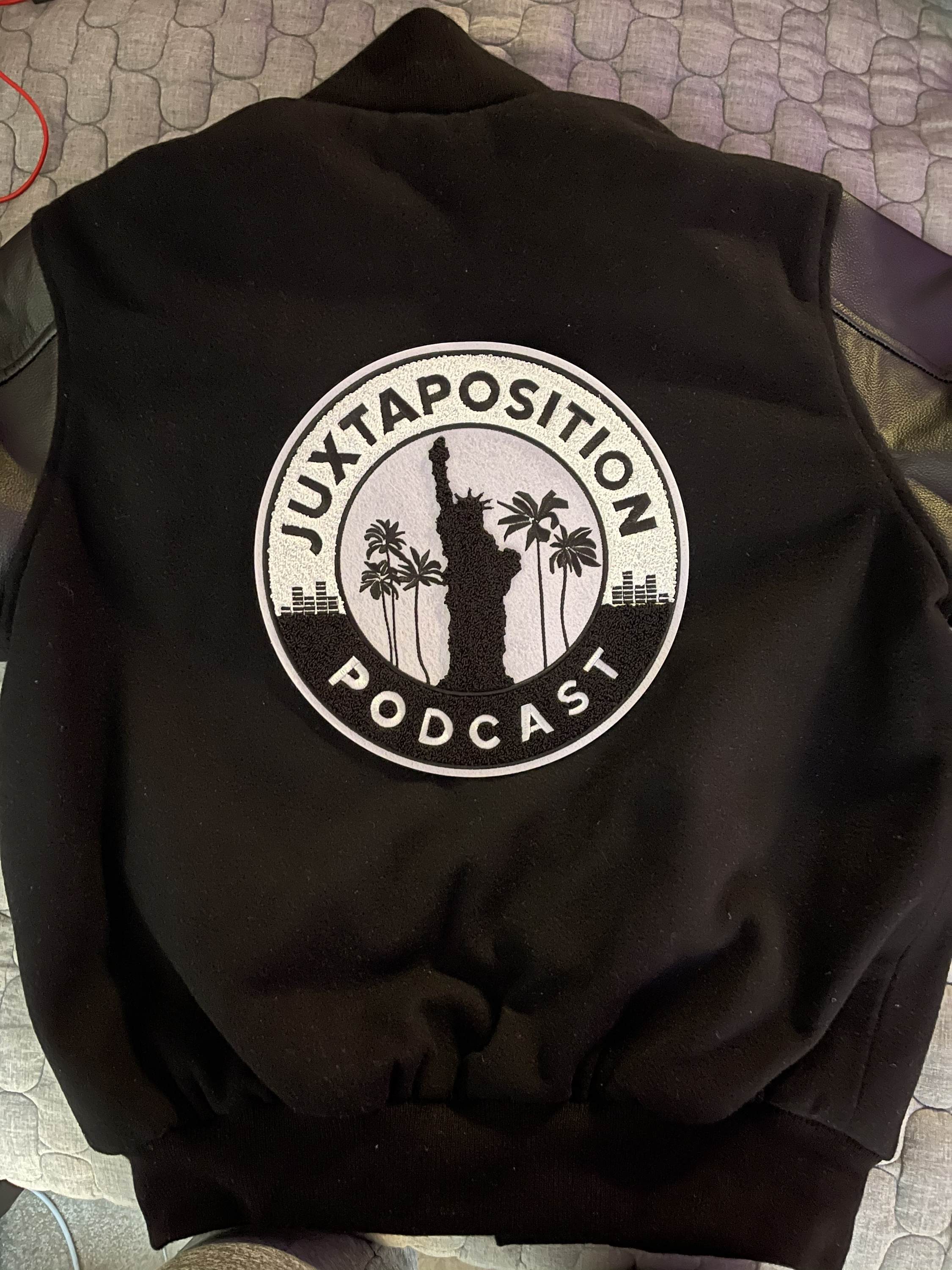Attaching one or more embroidery patches on a jacket is a stylish fashion accessory. Denim jacket patches, motorcycle leather jacket patches, flight jacket patches, we produce many styles of the custom jacket patches embroidery. From simple to complexity, we make sure they fit perfectly with the back of a vest or jacket. For large patches, we can make patches with a maximum diameter of 60CM. We can replicate it exactly from your existing patch or design a new one for you. We also make smaller custom patches, the smallest patch size can be as small as 1 cm
Common stitches in computerized embroidery
Computerized embroidery pattern making, also known as tape-making, refers to the process of punching out cards, tapes or discs or preparing patterns through digital processing, instructing or stimulating various movements required for embroidery machines and embroidery frame designs. The designer of this process is the pattern maker. The term comes from mechanical embroidery machines that record stitches by punching holes in paper tape. Sometimes it can be difficult to tell some of the different embroidery stitches by eye. The following is the design of common stitches for YIDA embroidery finishing.
Underlays are a kind of travel stitches that is invisible in the finished embroidery. Some bottom threads run all the way to the edge of the pattern or join parts of the pattern into a whole during the pattern making process. The bottom line also plays an important role in creating the stereoscopic effect.
When making patterns for lace, sometimes there are more bottom stitches than the top stitches. Depending on the network structure of the bottom thread, the top stitches can form an overall pattern.
A narrow stitch is a flat zigzag needle without a bottom thread. If the bottom stitch is not drawn at the beginning of embroidering a narrow stitch, the narrow stitch means that no matter how dense the embroidery is, there will be gaps. It can be used to form laces, fine and dense tapes, etc. For example, a white narrow stitch pattern on a black fabric requires one or two single-needle bobbin threads.
Primers can also be stitches. Adding another layer on top of the bottom stitch can make people feel the change in the appearance of the embroidery, and can produce a beautiful three-dimensional effect when embroidering stitches on top.
Primers are necessary when embroidering badges, and they serve to reinforce edges, establish contours, and “carve” patterns into the base fabric. The bobbin thread can also hold the embroidery pattern on the fabric, because the texture of the fabric has the potential to deform the pattern when there is tension on the fabric. The bottom thread is punched in the pattern, and the upper cover stitch is embroidered on the bottom thread, so that this situation can be avoided.
The number of stitches required in the pattern does not have to be shown in the sketch, the number next to the narrow stitch indicates how many times the stitches should apply. For example, 3x indicates that it is 3 lines or 3 rows of bottom stitches; when embroidering with stitches, the number of bottom stitches required to form a pattern may be marked with 12 on the edge of the pattern or in the pattern, which implies that in order to obtain a satisfactory effect for the design, the The total number of movements (movements).

A petit point is a needle consisting of a series of bean needles with the same orientation that are so densely packed that the stroke needle connecting the bean needles cannot be seen. This geometric form of stitching is used in many plant designs. Bean needles usually consist of 3, 5, and 7 movements. These dense stitches create strong and durable embroidery and are often used on shoes and handbags. It is a needle method formed by a single needle in a certain geometric form, which can produce a variety of effects. Adding bean needles to it can form another pattern. Each 4th stitch goes through the previous 4th stitch point, pulling the thread in the opposite direction, thus creating a small hole. Like the first and second sketches, flip the pattern down so that it faces away so that 4 stitches in opposite directions go through the same point. A small hole can be formed if the tension is right. Embroider it on light fabrics to adorn women’s underwear.
Running stitch is an arbitrary form of stitching. It doesn’t take into account the direction, and it doesn’t show the effect of narrow stitching and stitching, only lines can be seen, and the width is only the width of the lines used. A seam on a suit or shirt is a single stitch. No pattern is ever made with just one stitch unless it’s what you’re looking for. Running stitches can be used for shadows, backgrounds, or other effects. Because all Running stitches are drawn continuously on the sketch, if the computer does not set the length of a running stitch, a small mark is used in the diagram to indicate its step size. Using a running stitch works very well on light weight fabrics or when embroidering with coarse thread on heavier fabrics, creating a light, flowing pattern.
ROSELI stitch

This needle method stitch is produced by the combination of needles stitching and needles stitching, which can create a strong three-dimensional effect. The center point is embroidered first, and then each 1/5 pattern is individually punched with a stitch. It is often used in ribbons and ruffles. Is to use it on medium weight and heavy fabrics.
E-shaped needle stitch
E-shaped stitch (pico) This stitch has a running stitch, which is stitched at a certain interval at the edge of the cut edge of the fabric. This stitch reinforces the edges of cut edges; it is also used on multi-head machines to sew and reinforce the edges of appliques so that the pattern does not shift when reconciling the pattern.
Post time: Dec-13-2022

